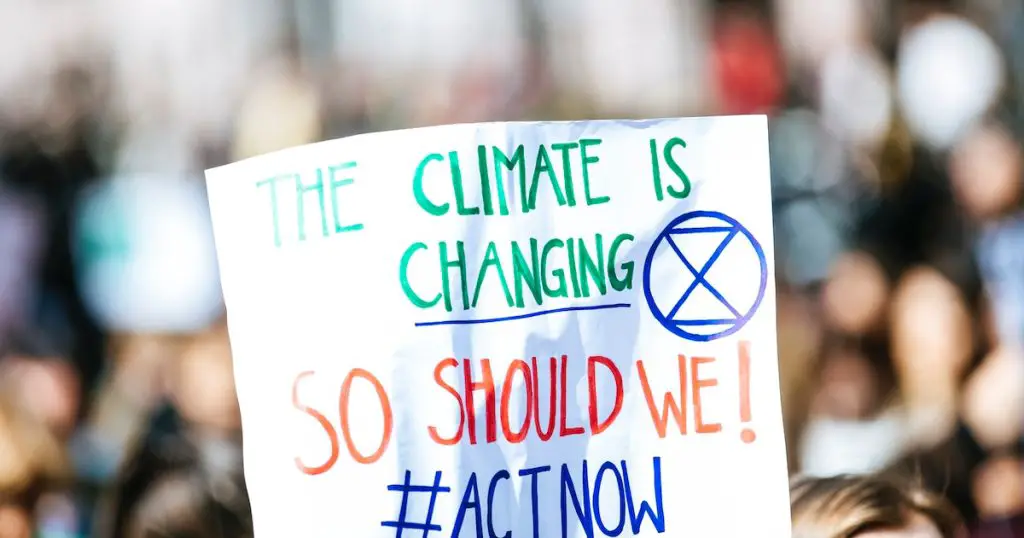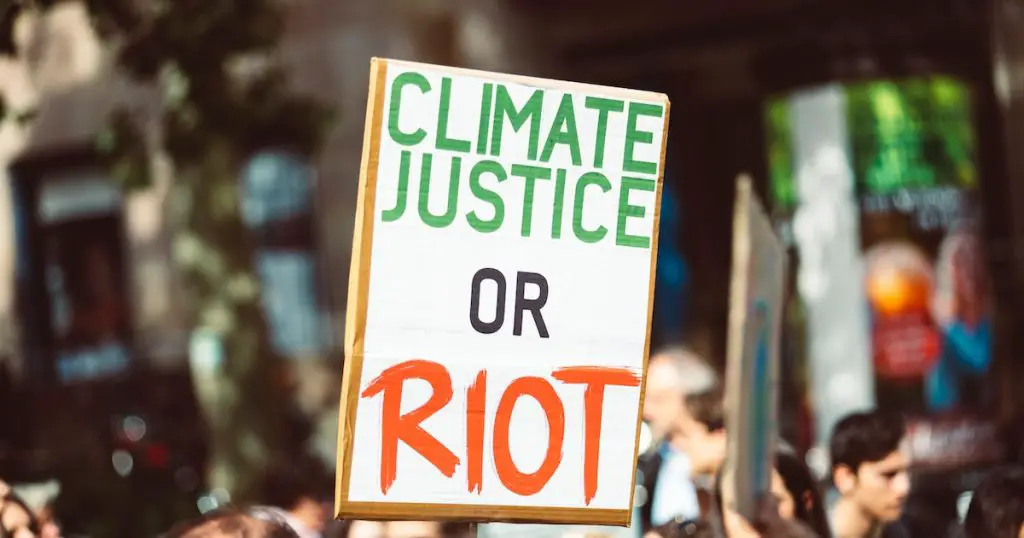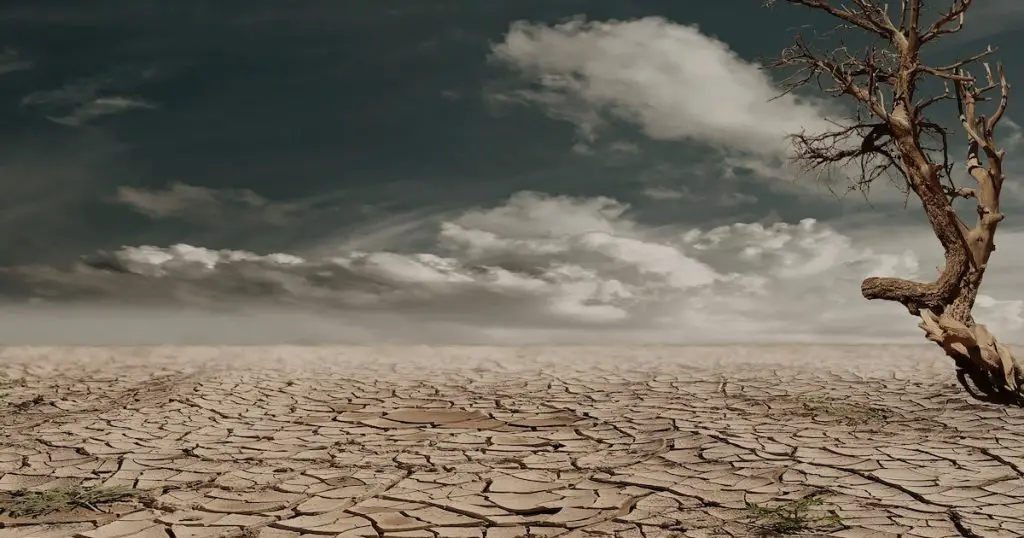Nestled amidst rich history and picturesque landscapes, Prescott has witnessed significant climatic shifts over the decades. A deep dive into the historical climate changes in Prescott over the past century provides insights not only into regional environmental nuances but also mirrors the broader, global environmental trajectories.

Understanding these nuances is pivotal for the city’s preservation and also holds lessons for global climate initiatives.
The Early 20th Century: Setting the Stage
The dawn of the 20th century in Prescott was characterized by relatively stable weather patterns and a lesser focus on industrial activities compared to the latter half of the century. Agriculture was a predominant livelihood, and the local climate played a crucial role in shaping the community’s economy and lifestyle.
During this period, residents would not have predicted the dramatic shifts in climate that the area would undergo in the decades to come. However, this era essentially set the stage for the industrial, social, and environmental changes that would ensue.
It serves as a point of comparison, a baseline, that allows us to appreciate the magnitude of climate changes that Prescott has witnessed over the past century.
General Global Climate Context: 1920s-1930s
The 1920s and 1930s globally saw relative climatic stability with occasional anomalies. The 1930s are particularly remembered for the Dust Bowl in the U.S., a mix of natural drought and inappropriate agricultural practices.
Although Prescott was geographically removed from this catastrophic event, it serves as an example of how localized human actions can have monumental climatic consequences.
During this period, Prescott was characterized by its pleasant weather patterns. Winters were moderate, and summers were relatively cooler than what residents experience today. Historical records indicate occasional fluctuations, but nothing as stark as the Dust Bowl. The city’s vegetation was lush, benefiting from the steady rainfall patterns.
The Rise of the Industrial Age: 1940s-1950s
The post-war era of the 1940s and 1950s marked a significant phase of industrial development and economic growth in the United States. In Prescott, this industrialization had a twofold effect: it boosted the local economy but also began to impact the environment subtly. Industries released emissions that contributed to air pollution and potentially to localized weather changes.
While the climate repercussions weren’t immediately glaring, the groundwork for future environmental challenges was being laid. During this era, Prescott’s climate still seemed relatively stable, but the human activities kickstarted in these decades would later contribute to more noticeable and concerning climatic shifts.

The 1940s and 1950s serve as a lens to examine how industrial progress, often celebrated for its economic benefits, also carries environmental costs that become apparent over time.
Global Industrialization and its Climatic Impacts
The 1940s and 1950s saw a surge in global industrialization. The consequent increase in carbon emissions began to have a noticeable effect on global temperatures. Cities far and wide, including Prescott, were not immune to these shifts.
The Intergovernmental Panel on Climate Change (IPCC) reports indicate the initial threads of the current global warming phenomenon can be traced back to this era.
For Prescott, these decades brought about warmer summers. Rainfall patterns saw a subtle shift, with decreased precipitation during what used to be peak months. This change impacted local agriculture, leading to a rethinking of crop choices and farming practices.
The Turbulent 60s and 70s: A Time of Transition
The 1960s and 1970s were periods of considerable change, not just socially and politically, but also in terms of climate for Prescott. These decades marked the beginning of a subtle but significant shift in weather patterns. Droughts became more frequent, and the community started experiencing noticeable deviations in seasonal temperatures.
While the world was grappling with a host of social issues—from civil rights movements to anti-war protests—Prescott was quietly entering a phase of environmental transition.
These early changes were like the proverbial ‘canary in the coal mine,’ forewarning the community of the larger, more drastic climate shifts that would become apparent in the years to follow.
World Climate Movements and Challenges
The global stage in the 1960s and 70s was marked by the burgeoning environmental movement. Iconic events, such as the publication of Rachel Carson’s Silent Spring in 1962, alerted the world to the dangers of unchecked industrial growth.
Prescott, in line with the global trends, experienced bouts of extreme weather. The 70s, in particular, saw reduced rainfall leading to drought-like conditions. While the city had faced water scarcity before, this was one of the most pronounced instances in recent memory.
The Modern Climate Era: 1980s-1990s
The final decades of the 20th century marked a significant turning point in climate awareness both globally and in Prescott. The 1980s and 1990s were not just about technological advancements and cultural shifts; they also brought climate change to the forefront of public discourse.
In Prescott, this period saw the transformation of sporadic weather anomalies into discernible patterns. Summers got warmer, and winters became milder, signaling that the community had to come to grips with a new climatic reality.
This era laid the groundwork for many of the environmental initiatives and policies that would follow, making it a crucial chapter in Prescott’s ongoing climate story.
The Growing Concern of Global Warming
By the 1980s, global warming had transitioned from a subject of academic interest to a pressing concern. A landmark moment during this period was the establishment of the Intergovernmental Panel on Climate Change (IPCC) in 1988. This body began compiling extensive research, emphasizing the urgent need for action.
In Prescott, rising temperatures were no longer anomalies but a noticeable pattern. Summers became warmer, and winters milder. The community began investing in water conservation measures, urban planning adjustments, and public awareness campaigns to adapt to the changing climate.
Entering the 21st Century: 2000s
The turn of the millennium brought a renewed focus on climate change, not just globally but also in communities like Prescott. As international dialogues on sustainability took center stage, Prescott found itself reevaluating its own environmental policies. The 2000s were marked by new normals and extremes in weather patterns, catalyzing the city to adopt more sustainable practices.
Whether it was local authorities initiating tree-planting drives or community workshops on water conservation, the era marked a shift toward recognizing the urgency of climate issues and taking actionable steps to address them.
A New Century, A New Climate Reality
Globally, the 2000s saw landmark events such as the Kyoto Protocol coming into force in 2005. This international treaty aimed to reduce greenhouse gas emissions and mitigate global warming’s adverse effects.

Prescott residents witnessed more frequent heatwaves and less predictable rainfall. City authorities, in collaboration with environmental organizations, initiated tree-planting drives and water conservation workshops to tackle the challenges.
The Most Recent Decade: 2010s-2020s
The past decade has been a culmination of the previous century’s climatic shifts, with global movements propelling communities toward sustainability.
The 2015 Paris Agreement became a beacon of hope for many, uniting nations in the fight against climate change. The global consensus emphasized the importance of local actions in achieving broader environmental goals.
Prescott’s Climatic Responses: Trends and Observations
Prescott has witnessed extreme weather events, from flash floods to prolonged dry spells. The city’s resilience has been tested, leading to more robust infrastructural adjustments and community engagement initiatives.
Moreover, local educational institutions have incorporated climate education into their curricula, ensuring future generations are well-equipped to face environmental challenges.
The Role of Human Activity
Human activity has played a pivotal role in shaping Prescott’s climate over the last century. From urban expansion to industrial development, the city has seen a range of changes that have had both direct and indirect impacts on its environment. These activities have contributed to rising temperatures, altering weather patterns, and increasing the frequency of extreme events.
As we look toward the future, it becomes increasingly clear that understanding the role of human activity in these shifts is crucial for developing effective strategies to mitigate adverse climate changes and ensure a sustainable future for Prescott.
Prescott’s Development and Urbanization: Effects on Climate
Urban expansion in Prescott has led to an increase in concrete surfaces and reduced green spaces. This has contributed to the “urban heat island” effect, where cities experience higher temperatures than their rural surroundings. Efforts like green building practices have sought to counterbalance this effect, promoting sustainable architecture and design.
The citizens of Prescott, recognizing their role in shaping the city’s climate future, have initiated grassroots movements. These include community gardens, sustainable transportation campaigns, and energy-saving initiatives, which collectively aim to reduce the city’s carbon footprint.
Comparative Analysis
Examining Prescott’s climate changes within the larger context of global shifts offers a valuable perspective. Much like the rest of the world, the city has witnessed rising temperatures, altered precipitation patterns, and more frequent extreme weather events.
However, what makes Prescott’s climate journey particularly intriguing are its unique geographical features and local initiatives aimed at sustainability. The comparison not only provides a nuanced understanding of Prescott’s individual climate challenges but also underscores the universal need for integrated solutions that address both local and global concerns.
How Prescott’s Climate Changes Mirror Global Shifts
Prescott’s warming trends, altered precipitation patterns, and extreme weather events closely mirror global patterns. A NASA study on global climate change provides a broader context, highlighting similarities and differences between Prescott and other regions.

Prescott’s geographical location, topography, and human activities have led to some distinctive climatic features. For instance, its higher elevation results in cooler temperatures compared to other Arizona cities. However, urbanization and industrial growth have offset some of these natural advantages, leading to localized temperature rises.
Projections for the Future
Looking ahead, Prescott’s climate future appears to be a complex tapestry of both natural and human-induced changes. Current trends suggest warmer temperatures, more erratic rainfall, and an increasing likelihood of extreme weather events. While predictive models offer invaluable insights, they also serve as a clarion call for immediate action.
If Prescott is to maintain its unique environmental heritage while ensuring a high quality of life for its residents, proactive measures like adopting renewable energy sources, enhancing water conservation systems, and community education about climate change must be integral to its long-term planning.
Global Climate Models and Predictions
Various climate models, such as those presented by the World Meteorological Organization, indicate a continued rise in global temperatures if current emission trends persist. These models serve as crucial tools for policymakers, guiding sustainable development strategies.
Based on current trends, Prescott’s future might see warmer temperatures, erratic rainfall, and potential water scarcity. Preemptive measures, like investing in renewable energy sources and water harvesting systems, are crucial for the city’s sustained growth.
FAQs:
In this section, we will be delving into some of the most common inquiries and curiosities that surround our topic.
How has Prescott’s average temperature changed over the last 100 years?
Over the past century, Prescott’s average temperature has seen a gradual increase, in line with global warming trends.
What have been the most significant climate events in Prescott in the past century?
Some significant events include the droughts in the 70s, unusually cold winters in the early 20th century, and noticeable warming since the 80s.
How does human activity in Prescott directly impact its climate?
Human activities, especially urbanization and industrial growth, have contributed to local temperature rises and changes in precipitation patterns.
What can individuals do to mitigate climate change impacts in Prescott?
Embracing sustainable practices, supporting local conservation efforts, and reducing carbon footprints are some ways individuals can make a difference.
How do Prescott’s climate changes compare to neighboring regions?
Prescott’s climate changes have been somewhat parallel to neighboring regions, although specific impacts vary based on local geographical and urban factors.
Conclusion: Historical climate changes in Prescott over the past century
Understanding the historical climate changes in Prescott over the past century is more than just an academic exercise. It’s a journey through time, exploring humanity’s evolving relationship with the environment.
As we stand on the cusp of crucial environmental decisions, Prescott’s climatic history serves as a testament to the fact that our actions today will shape the climate narratives of tomorrow.



Leave a Comment
You must be logged in to post a comment.